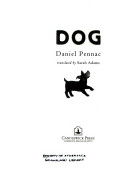
Rescued from certain death by a kindly dog at the city dump, an abandoned puppy grows up fending for himself until he finds a home with a willful little girl. Could she be the mistress of his dreams?
Catalog sorted by age group

Rescued from certain death by a kindly dog at the city dump, an abandoned puppy grows up fending for himself until he finds a home with a willful little girl. Could she be the mistress of his dreams?
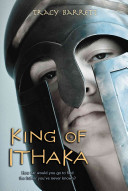
Telemachos has a comfortable life on his small island of Ithaka, where his mother Penelopeia keeps the peace even though the land has been without its king, his father Odysseus, since the Trojan War began many years ago. But now the people are demanding a new king, unless Telemachos can find Odysseus and bring him home. With only a mysterious prophecy to guide him, Telemachos sets off over sea and desert in search of the father he has never known.
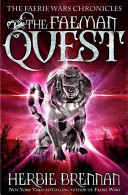
Stubborn and feisty Mella, the half-faeire half-human daughter of Lord Henry and Queen Holly Blue, has the power to determine the fate of both the faerie and “analogue world” when she travels to the country of Haleklind and discovers rebel forces preparing for war.
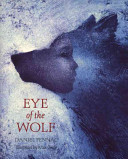
Daniel Pennac’s fable of a boy and a wolf who dare to meet each other’s gaze unfolds with humor, poignancy, and philosophical resonance. They were born worlds apart, the wolf from the Far North and the boy from Yellow Africa. Now all that separates them is a cage at the zoo. The wolf has lost much on his journey, including an eye and his beloved pack. But when he finally consents to trust the strange, still little boy who has been watching him, to meet his eye, their lives intersect with unforgettable results. Master storyteller Daniel Pennac weaves the events of two lives into a mythic tapestry that ultimately and magnificently reveals the fellowship of all creatures. Ten illustrations by Max Grafe enhance this fabulous translation from the French.
One by one, ten children move from their old house into their new house with all their possessions. Die-cut windows reveal the interiors of the houses and the book can also be read from back to front.
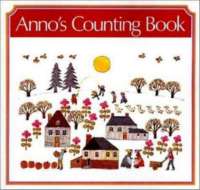
A counting book depicting the growth in a village and surrounding countryside during twelve months.
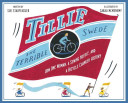
When Tillie Anderson came to America, all she had was a needle. So she got herself a job in a tailor shop and waited for a dream to find her. One day, a man sped by on a bicycle. She was told “bicycles aren’t for ladies,” but from then on, Tillie dreamed of riding-—not graceful figure eights, but speedy, scorching, racy riding! And she knew that couldn’t be done in a fancy lady’s dress. With arduous training and her (shocking!) new clothes, Tillie became the women’s bicycle-riding champion of the world. Sue Stauffacher’s lively text and Sarah McMenemy’s charming illustrations capture the energy of America’s bicycle craze and tell the story of one woman who wouldn’t let society’s expectations stop her from achieving her dream.
Everything changes for Chris one August evening when red-haired, freckle-faced Johnny turns up on a bicycle, but who is Johnny and why do the police have his bicycle and other belongings?
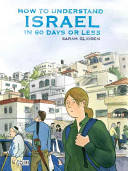
When Sarah Glidden took a “Birthright Israel” tour, she thought she knew what she was getting herself into. But when she got to Israel, she found that things weren’t quite so simple. HOW TO UNDERSTAND ISRAEL is Sarah’s memoir not only of her Israeli government sponsored trip through Tel Aviv, Jerusalem, the Golan Heights, Masada and other famous locations, but of the emotional journey she never expected to take while she was there. Her experience clashes with her preconceived notions again and again, particularly when she tries to take a non-chaperoned trip into the West Bank. Sarah is forced to question first her political beliefs and, ultimately, her own sense of identity, until she finds that to understand Israel she first must come to understand herself.

A collection of eight stories, most previously published in other anthologies, about what it is like to grow up in the Middle East today.